Optimal Timing for Fire Restorations

Fire restorations are often prioritized after winter due to increased fire risks from heating systems.
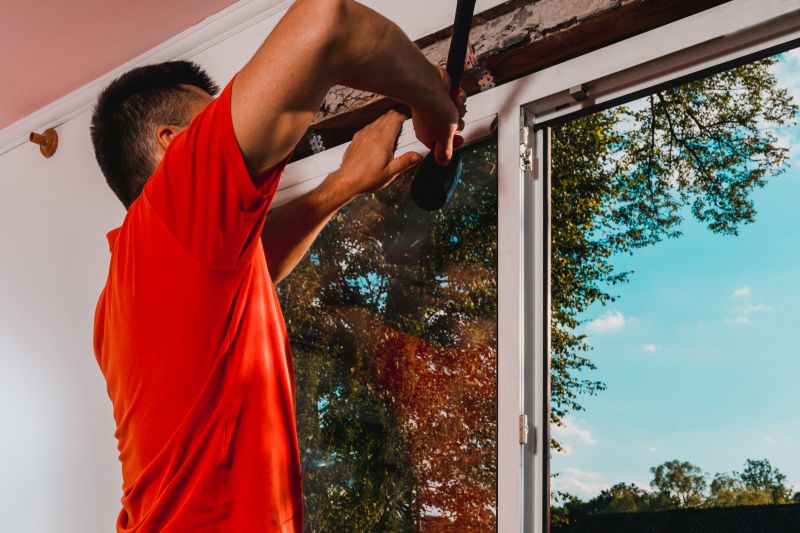
Warmer months provide better conditions for thorough cleaning and restoration processes.
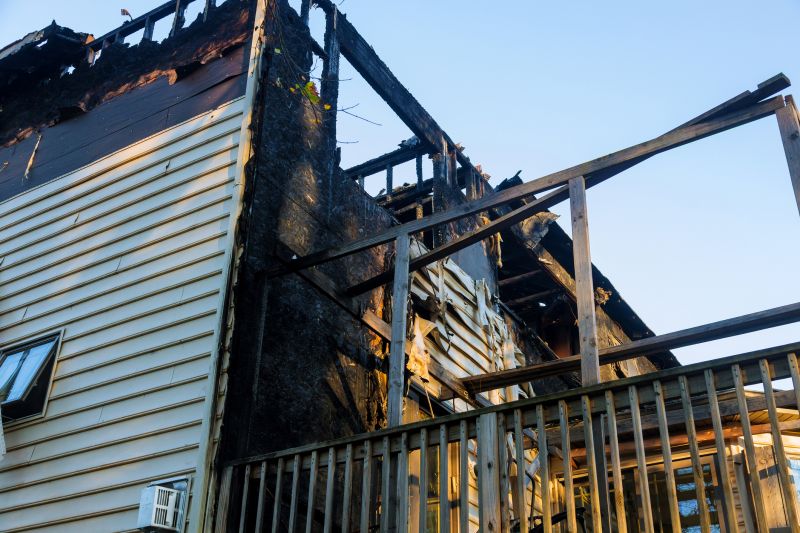
Scheduling during less busy seasons can lead to faster service and more flexible timing.
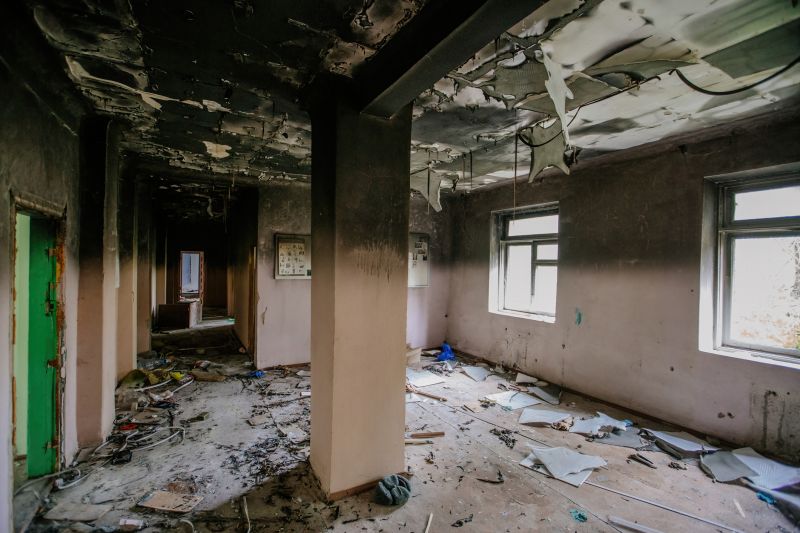
Ways to make Fire Restorations work in tight or awkward layouts.

Popular materials for Fire Restorations and why they hold up over time.

Simple add-ons that improve Fire Restorations without blowing the budget.
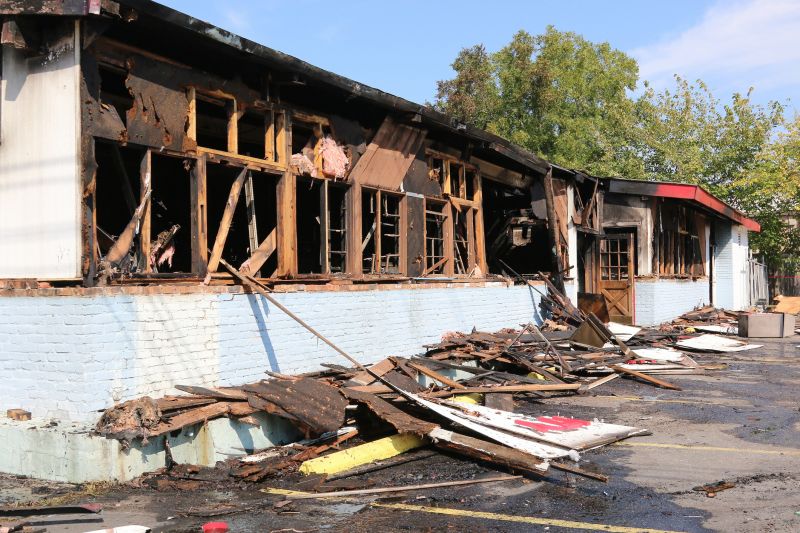
High-end options that actually feel worth it for Fire Restorations.
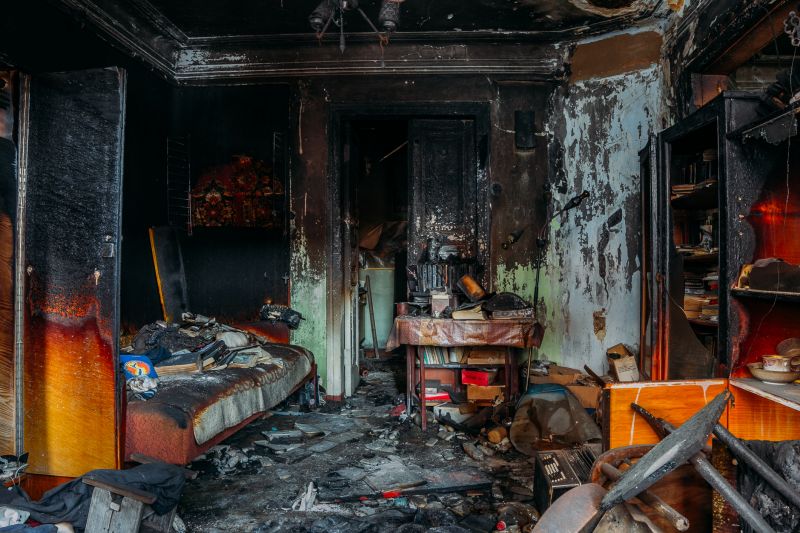
Finishes and colors that play nicely with Fire Restorations.
Fire restorations involve repairing and restoring properties affected by fire damage. This process includes smoke and soot removal, structural repairs, and odor elimination. The timing of these restorations can impact the effectiveness and efficiency of the work. Proper planning ensures that restorations are completed when environmental conditions are optimal, reducing the risk of secondary damages and ensuring safety.
Statistics indicate that the majority of residential fires occur during colder months, primarily due to heating equipment and holiday decorations. Restoring properties promptly after a fire minimizes long-term damage and reduces restoration costs. Planning restorations during seasons with milder weather can facilitate better ventilation and drying, which are crucial for successful outcomes.
Addressing fire damage promptly helps prevent mold growth and structural deterioration.
Mild weather conditions improve drying times and allow for more effective cleaning.
Scheduling during off-peak seasons can lead to quicker service and reduced costs.
Approximately 1.3 million fires are reported annually, emphasizing the need for effective restoration planning.

Initial evaluation is crucial for planning restoration timelines.

Effective removal depends on appropriate environmental conditions.

Timing can influence the quality and durability of repairs.

Proper ventilation during milder seasons enhances odor removal.

Little measurements that prevent headaches on Fire Restorations day.
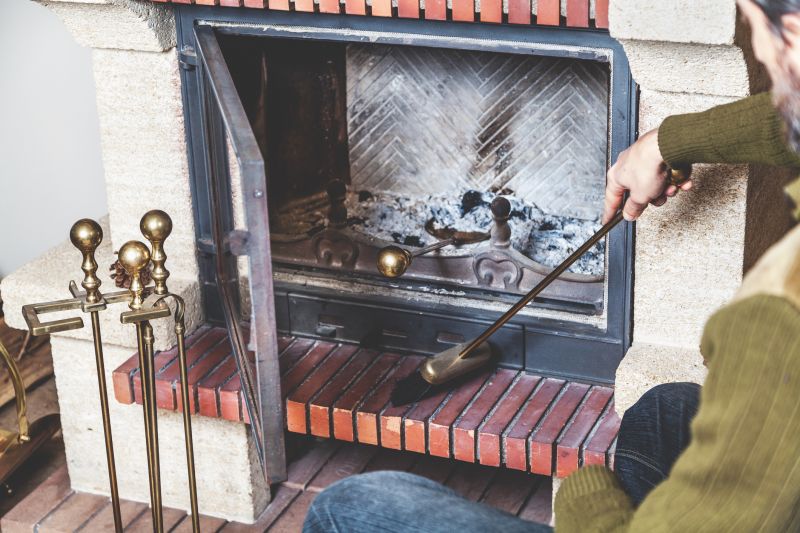
A 60-second routine that keeps Fire Restorations looking new.

A frequent mistake in Fire Restorations and how to dodge it.

Small tweaks to make Fire Restorations safer and easier to use.
| Season | Advantages |
|---|---|
| Winter | High fire risk from heating sources, urgent restoration needed. |
| Spring | Moderate weather, good for thorough cleaning and repairs. |
| Summer | Warmer, dry conditions facilitate drying and odor removal. |
| Fall | Less busy season, ideal for scheduling restoration work. |
| Off-Peak Seasons | Flexible scheduling, potentially lower costs. |
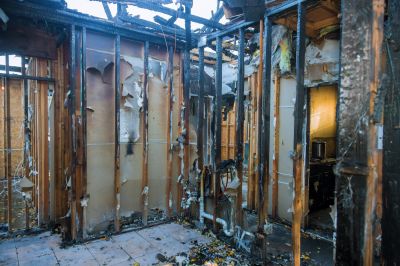
Visual evidence of fire damage repair process.

Detailed work to restore property after fire damage.

Techniques used to eliminate persistent smoke odors.

Lower-waste or water-saving choices for Fire Restorations.

The short, realistic tool list for quality Fire Restorations.

Rough timing from prep to clean-up for Fire Restorations.

Quick checks and paperwork to keep after Fire Restorations.

Examples that show the impact a good Fire Restorations can make.
Effective fire restoration is essential for maintaining property integrity and safety. Early intervention, combined with strategic timing, can significantly improve outcomes. Property owners should consider seasonal factors and environmental conditions when planning fire damage repairs to ensure the best possible results.

Completed restoration work on a residential property.

Advanced techniques used for smoke and soot cleanup.

Effective methods for eliminating lingering smoke odors.
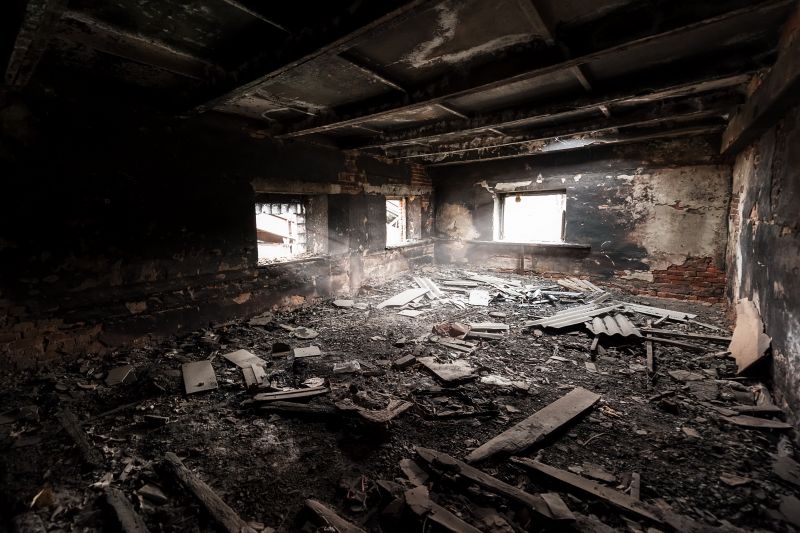
Ways to make Fire Restorations work in tight or awkward layouts.

Ways to make Fire Restorations work in tight or awkward layouts.

Ways to make Fire Restorations work in tight or awkward layouts.

Ways to make Fire Restorations work in tight or awkward layouts.

Ways to make Fire Restorations work in tight or awkward layouts.
Interested property owners are encouraged to contact for more information about fire restoration services and scheduling options. Proper timing can make a significant difference in restoration quality and cost efficiency.

